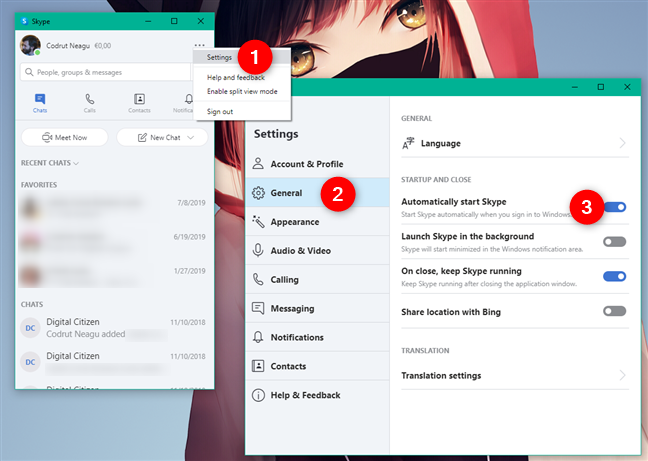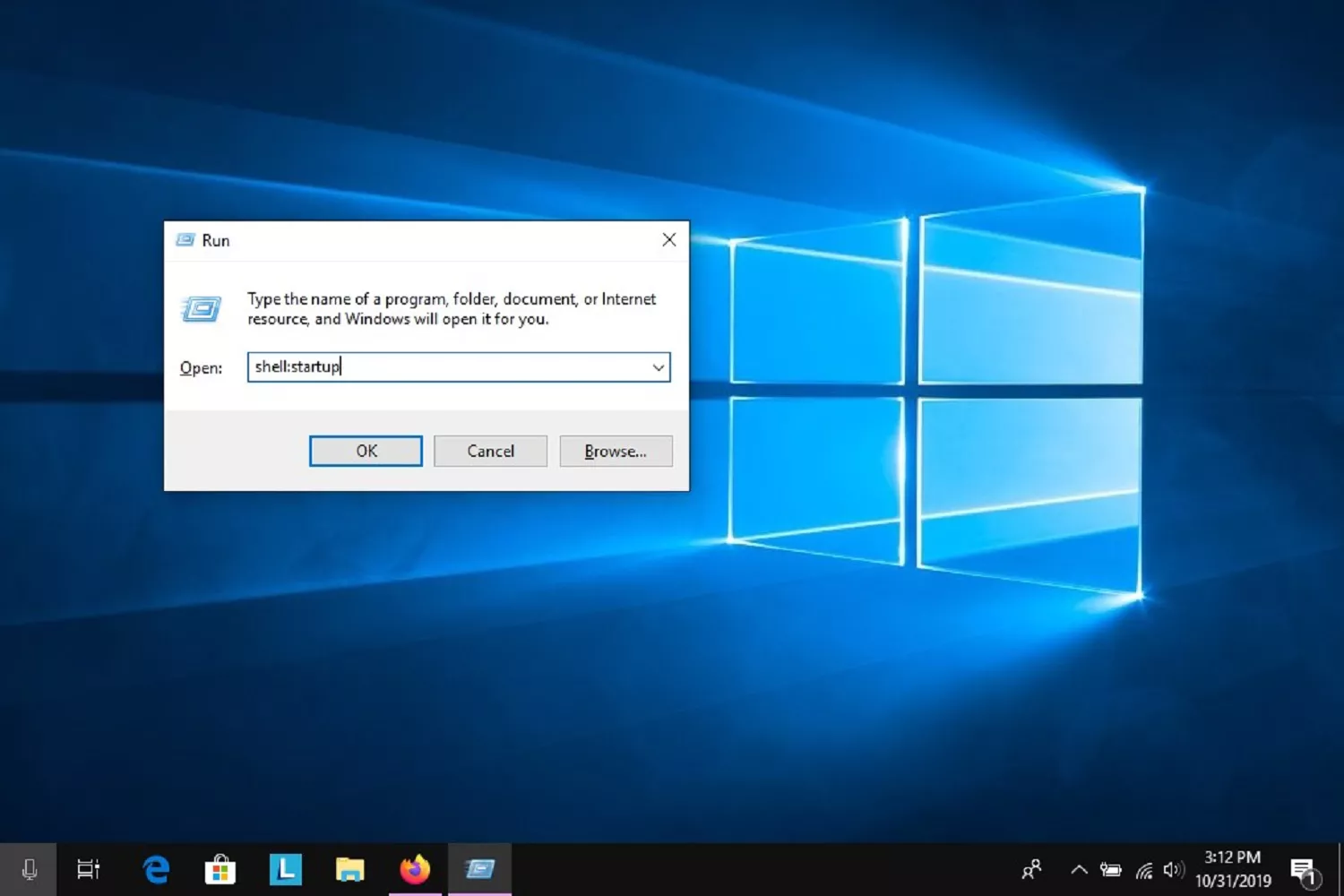

Perform the same steps for all the programs you don't want to launch at startup. Identify the unnecessary ones and right-click on them.

You should now see a list of programs that launch automatically when the system launches.

However, as the years go by, the more applications I install, the more I have to Run As Administrator, which is getting very VERY. I left it like that for a while, because I thought it wasnt such a bad deal for 1 game I wanted to play. In the Startup tab, click on Open Task Manager. The downside, is everytime I start my application, I need to confirm that I want to start my application.Type "msconfig" in Run and press Enter to open the System Configuration window.Press the Win + R keys together to open a Run dialog.In this case, if you have a large number of apps that launch automatically at startup, you can try disabling the non-essential programs and check if that helps.ĭoing so will also free up system resources that these startup programs were using, allowing the interfaces to operate smoothly without unnecessary strain. Some third-party programs or services can at times interfere with the normal operation of system interfaces, resulting in conflicts that cause issues like the “no interface supported” error. Even for your own device, though, it's worth firing up and seeing what you can find.2.

The important thing is to dig in and learn.Īutoruns is one of those applications I depended on daily back when I was in IT, and I can't recommend it enough if you're the kind of person who regularly tunes up computers for family. Don't uncheck anything unless you understand what it does and know you don't need it. Dig in and find out what your computer is up to. The Description section generally has a one-line summary of what each application does, and if not you can right-click any app to do a quick search using your default search engine and browser. I could go on, but the best way to learn here is to explore. The Explorer tabs show you add-ons and plugins that add functionality to file browser-Dropbox, for example, adds several Explorer add-ons to show the syncing icons in Explorer. Drivers shows all the device drivers-these allow your operating system to communicate with various hardware devices, such as printers, scanners, and cameras. This could include system maintenance tasks, software updates, and other activities. Scheduled Tasks shows all the tasks that are scheduled to run automatically at specific times or after certain events. This can include tools that keep software up-to-date or anything that need to run in the background. Select the program you want to disable at startup and click Disable in the lower right-hand corner. Use the Windows + Shift + Esc shortcut to launch Task Manager. Services shows you the background programs that run continuously on your device. Here’s how to change startup programs in Windows 8 or 8.1.


 0 kommentar(er)
0 kommentar(er)
